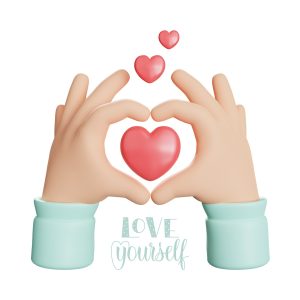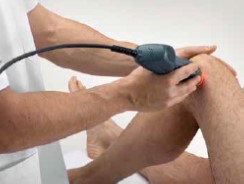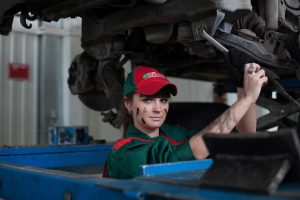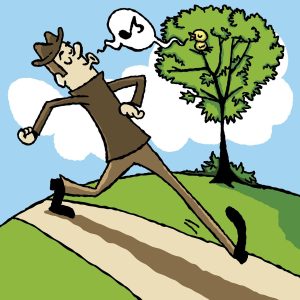Taking care of oneself should always be a top priority. It isn’t the only priority in life for sure, but it’s an important factor if we want to better manage general wellbeing and support our longer term health.
Even before the pandemic the UK population was living longer but unfortunately in poorer health. A direct quote from the UK’s Health Foundation Report 2022. “Smoking, poor diet, physical inactivity, and harmful alcohol use are leading risk factors, driving the U.K.’s high burden of preventable, ill health, and premature mortality. All are socio-economically patterned and contribute significantly to widening health inequalities.”
The “top” conditions viewed as Western world/lifestyle related problems are; diabetes mellitus, cardiovascular and respiratory diseases, some cancers and stroke.
It’s common for people to neglect self-care activities or feel guilty when they do make time for them. However, self-care is crucial for overall wellbeing. Whether it’s dedicating time to socialising, relaxing, exercising, preparing a nutritious meal, or seeking assistance from a trusted osteopath for any musculoskeletal health concerns. Self-care encompasses a range of valuable activities.
Have a think about the small changes you could make in the coming weeks to do the best you can to support long-term health. Maybe challenge yourself with a new activity. It can empower you and enhance your resilience in life. Just spending time in nature stimulates all our senses, and has been demonstrated to improve our neural health, and reduce the likelihood of dementia.
Remember to prioritise your own self-care and make time for activities that nurture your physical and mental health. If your muscles and joints need support, please get in touch for assistance.







